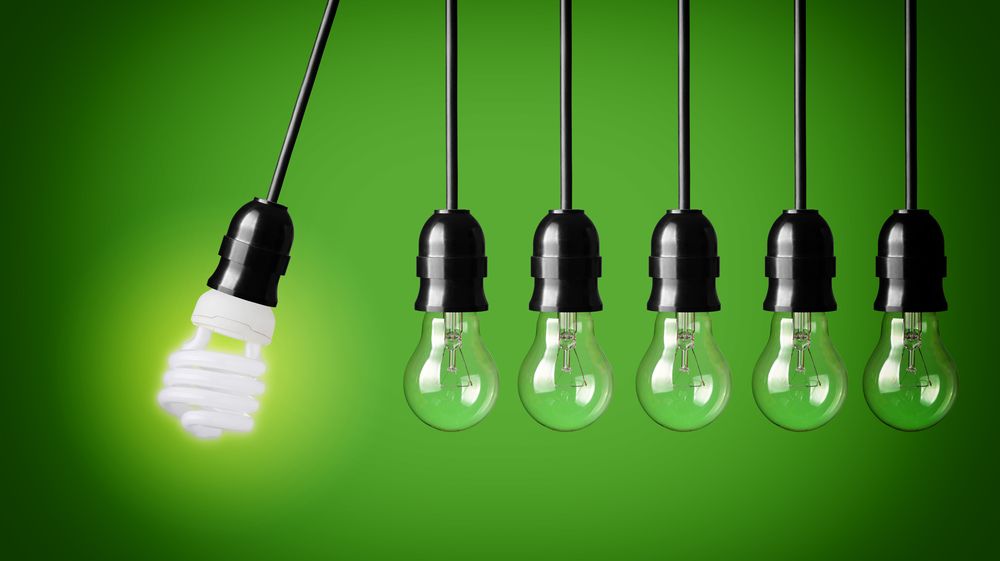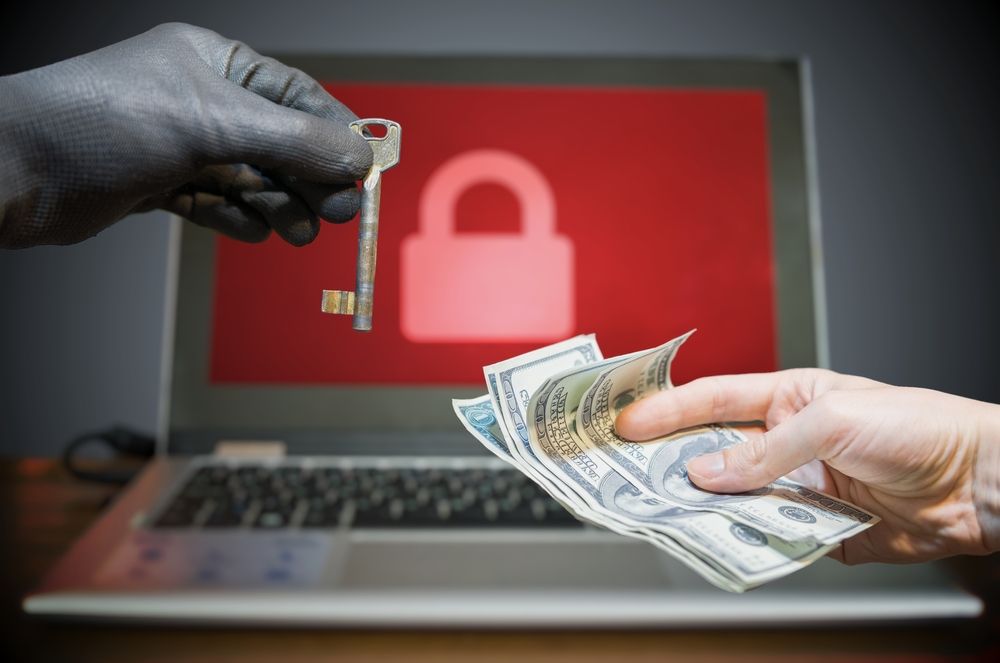How TTI Prepared Octorara Area School District for the Future of Education
No one knows what the future of education holds — but upgrading to WiFi 6 can help school districts be prepared for whatever comes next. The world is...
3 min read
Tony Ridzyowski : Apr 15, 2021 3:37:23 PM

With the right technology and a powerful network, you can easily improve sustainability initiatives — and save money at the same time.
We often forget about the immense amount of energy used by the devices that surround us every day. From phones and computers to lighting and HVAC systems, technology can put a massive drain on the environment — and on your wallet. For schools and businesses in particular, excessive energy is used by the systems we rely on to meet our daily needs.
Unfortunately, energy requirements are likely to grow in the coming years as the world balances the need for essential tools, like contact tracers, with exciting new innovations like Internet of Things devices. The good news is that there are several ways your organization can increase energy efficiency. To make the most of cutting-edge technology and implement sustainable measures, schools and businesses need to make sure they have high speed, efficient networks in place that are powerful enough to run energy-saving systems.
There are many different options available to increase energy efficiency in schools or businesses. Some ways to improve sustainability include:
All of the devices on your network regularly produce a huge amount of data, and storing and processing this information uses up a massive amount of energy. If you have unnecessary data clogging up your system, your network is forced to work harder to perform necessary tasks. Compressing and de-duplicating data can help ensure your network isn’t wasting energy trying to manage redundant or irrelevant information.
Technology is one of the best ways to improve energy efficiency. Some options to consider are:
Some schools and businesses are going even further on the path to sustainability by creating greener buildings from the ground up. One example is the Hudson County School of Technology in New Jersey, which worked closely with Turn-Key Technologies Inc., (TTI) to implement a network that fits in with their mission of sustainability.
The school brought in a number of new systems and features to reduce the amount of wastewater and greenhouse gases emitted from the campus — many of which require a powerful, reliable network to function properly. These features include:
All of these changes have made the Hudson County School of Technology an icon for sustainability, even earning the school the LEED Project of the Year: Schools award from the United States Green Building Council New Jersey Chapter.
In addition to helping the environment, decreasing energy usage can also lead to long-term financial savings. Smart buildings, which have sensors that collect, analyze, and act on data to reduce energy consumption, can result in particularly significant savings. The sensors in these buildings do everything from ensuring lights switch on and off based on occupancy to analyzing the amount of natural light a room gets and adjusting the level of internal lighting to reflect that.
The American Council for an Energy Efficient Economy (ACEEE) released a report estimating that smart technology could reduce the annual energy consumption of an average office by up to 18% for HVAC systems, 28% for plugged equipment, and 33% for lighting. All of that translates into significantly lower energy costs.
Achieving this level of sustainability depends on finding the right solutions for your specific environment and ensuring they are implemented correctly on a network strong enough to support them. At a time when networks are forced to deal with an ever-growing list of demands including high user and device density, high-bandwidth applications, and numerous sources of interference, it can seem overwhelming to find a good way to improve energy efficiency.
Fortunately, partnering with TTI can help you address these challenges. Our experts can identify the right technology to achieve better energy efficiency in your space, whether it’s a school or a business. They can also conduct wireless site surveys and administer in-depth network assessments to ensure your infrastructure can support relevant technologies without issue.
Contact TTI today to learn how our experts can help you increase your energy efficiency and lower your costs.

No one knows what the future of education holds — but upgrading to WiFi 6 can help school districts be prepared for whatever comes next. The world is...

As another school year rolls around, it’s time to take stock of your emergency preparedness level. Sure, the biggies are always on our minds: fire,...

From attacks on school districts to government organizations, bad actors are increasingly using ransomware to attack the public sector.